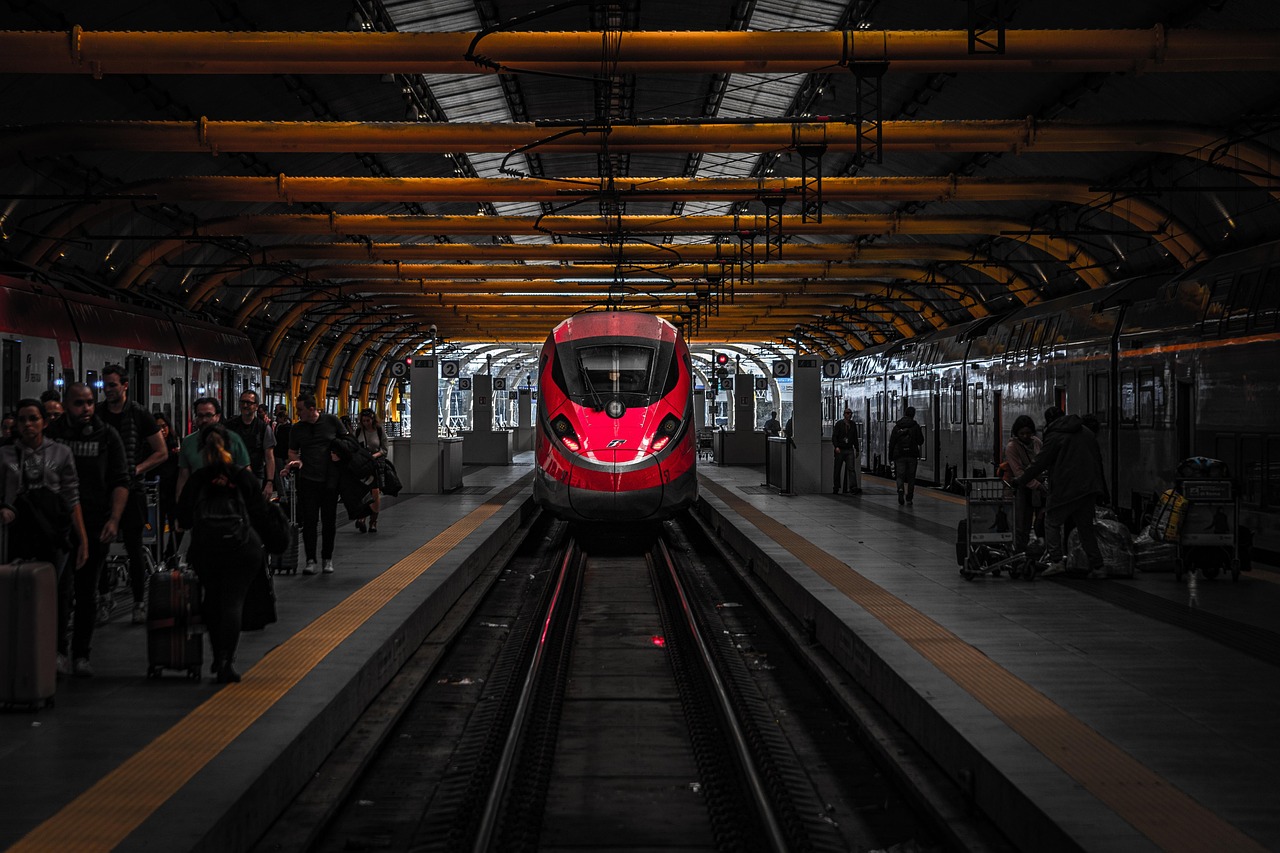The Dream That Sparked HS2
HS2 was envisioned in 2009 as a bold step into the future: a new high-speed rail line connecting London to the Midlands and eventually to the North of England. The goal was to boost connectivity, stimulate regional economies, and relieve pressure on the overstretched West Coast Main Line.
Spiralling Costs and Changing Plans
What began with an estimated cost of £32 billion has ballooned to over £100 billion by some forecasts. In 2023, the government scrapped the Birmingham-to-Manchester leg, citing affordability and shifting transport priorities. Critics saw it as a betrayal of the North, while supporters said it was a pragmatic response to economic realities.
What's Left of the Original Vision?
As of now, only the London to Birmingham section of HS2 is actively under construction. Even this phase has faced engineering setbacks and questions about value for money. Plans for Euston Station, once the London terminus, have been repeatedly scaled back and may be delayed further.
Supporters Say It's Still Worth It
Proponents argue that HS2 still has the potential to transform Britain’s rail network. It could create thousands of jobs, modernise infrastructure, and align with net-zero goals by shifting travellers from road and air to rail. But the window for political patience is narrowing.
Growing Public Doubts
Polls suggest public support for HS2 has waned considerably. Many people feel that the funds could be better spent upgrading existing railways or investing in local transit services. With inflation, labour shortages, and environmental concerns, the project's future hangs in the balance.
So—Will It Be Completed?
The honest answer is: it depends. HS2’s core segment to Birmingham may eventually open in the early 2030s, but the grand vision of a high-speed spine through the UK looks increasingly unlikely. Political will, economic conditions, and public opinion will shape what HS2 ultimately becomes.
